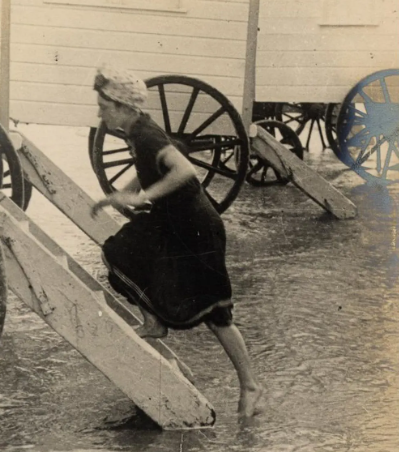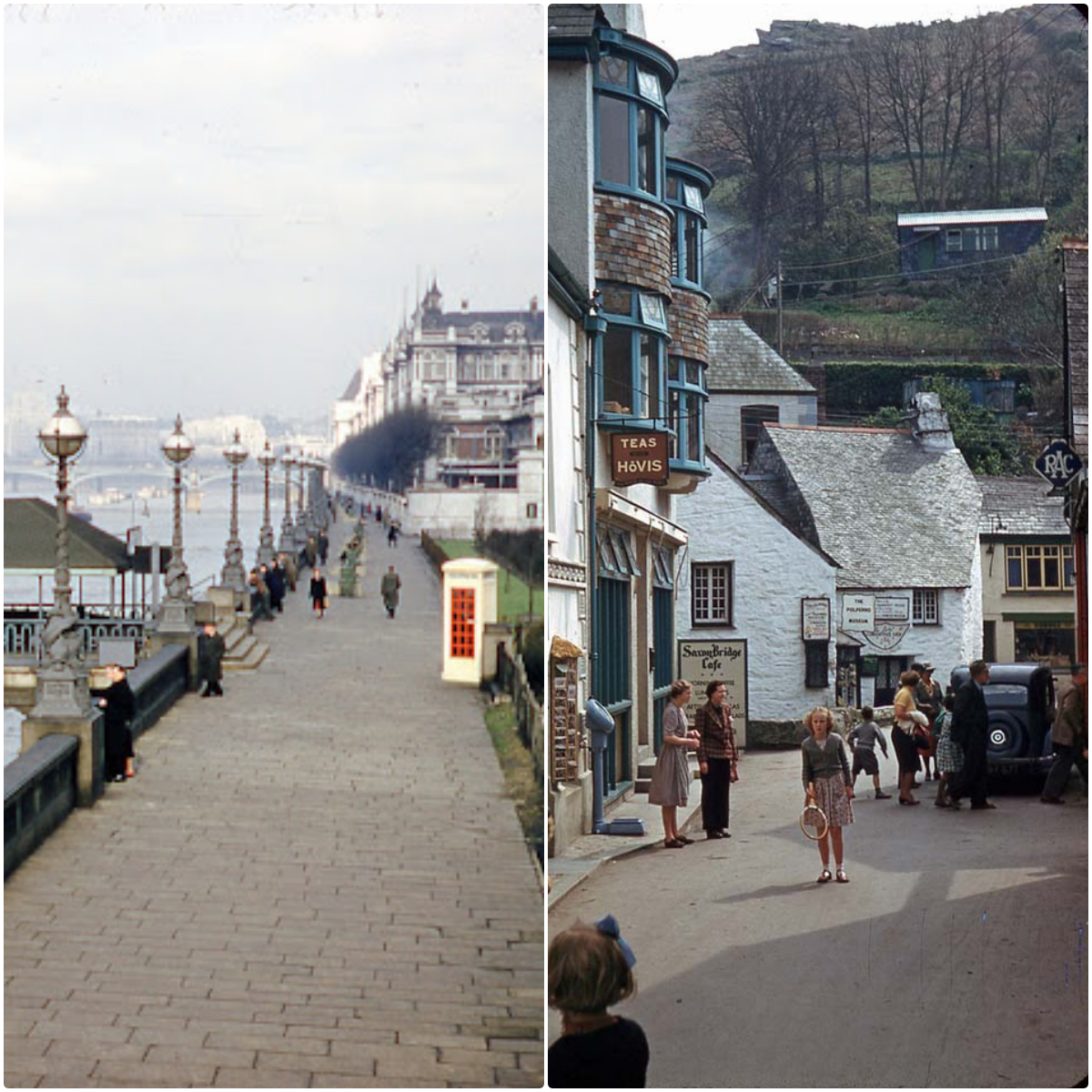These Red Letter photocards were for the British release of his Essanay films in 1915. Many times they included the name Charlie into the title, for instance this is from The Champion but in it’s British release Champion Charlie, Work was called Charlie at Work.
In November 1914, Charles Chaplin left Mack Sennett's Keystone Film Company and signed on at the Essanay Film Manufacturing Company, where he made 14 films plus a cameo appearance in Broncho Billy Anderson’s film His Regeneration. After the expiration of his one-year contract with Keystone, Chaplin was lured to Essanay, founded in 1907, for the unprecedented salary of $1,250 per week, with a bonus of $10,000 for merely signing with the company and his own production unit. The 14 short films he made for Essanay were distinctly marked and designated upon release as the “Essanay-Chaplin Brand.” If the early slapstick of the Keystone comedies represents Chaplin’s cinematic infancy, the films he made for Essanay are his adolescence. The Essanays find Chaplin in transition, taking greater time and care with each film, experimenting with new ideas, and adding flesh to the Tramp character that would become his legacy. Chaplin’s Essanay comedies reveal an artist experimenting with his palette and finding his craft.
While no single Chaplin film for Essanay displays the aggregate transformation to the more complex, subtle filmmaking that characterizes his later work, these comedies contain a collection of wonderful, revelatory moments, foreshadowing the pathos (The Tramp), comedic transposition (A Night Out), fantasy (A Night Out), gag humor (The Champion), and irony (Police), of the mature Chaplin films to come. The most celebrated of the Essanay comedies, The Tramp is regarded as the first classic Chaplin film. It is noteworthy because of Chaplin’s use of pathos in situations designed to evoke pity or compassion toward the characters, particularly the Tramp. An innovation in comedic filmmaking, The Tramp dares to have a sad ending. Pathos also appears in The Bank, in which Charlie’s heart is broken when the object of his affection throws away the flowers he has given her and tears up the accompanying love note.
The evolution of the Tramp was undoubtedly fueled by Chaplin’s efforts to seize greater creative control over his films. Unlike the Keystone comedies, which have a simple plot and place primacy on farce humor, Chaplin’s Essanay comedies display more sophisticated plots and involve more textured characters. The maddening pace of producing nearly one new Keystone comedy each week was reflected in the rapid pace and formulaic storylines in the films. However, the pace of Essanay was somewhat slower, allowing Chaplin to take more time and care in creating his films, and more room to experiment. The tempered pace shows in the style of the films, which contain more subtle pantomime and character development. Although the first seven films Chaplin made for Essanay were released over three months, Chaplin slowed the pace of production to one two-reel film per month after that.
Chaplin had disagreements with Essanay from the beginning. The company’s co-founder, George K. Spoor, had never heard of Chaplin and was reluctant at first to give him his promised $10,000 signing bonus. Chaplin also refused to allow Essanay’s practice of projecting the original negative when screening rough film footage, which saved the studio the expense of making a positive copy, insisting that viewing prints had to be made.
Chaplin disliked the unpredictable weather of Chicago and left after only one year for more money and more creative control elsewhere. His departure caused a rift between founders Spoor and G.M. Anderson, better known as “Broncho Billy” Anderson, cinema’s first cowboy star. Chaplin was the studio’s biggest moneymaker, and Essanay resorted to creating “new” Chaplin comedies from file footage and out-takes. Finally, with Chaplin off the Essanay scene for good, Essanay signed French comedian Max Linder, whose clever pantomime, often compared to Chaplin’s, failed to match Chaplin’s popularity in America. Chaplin remained bitter about this period in his career for the rest of his life.

Charlie Chaplin in Red Letter Photocards for His Essanay Films in 1915

Charlie Chaplin in Red Letter Photocards for His Essanay Films in 1915

Charlie Chaplin in Red Letter Photocards for His Essanay Films in 1915

Charlie Chaplin in Red Letter Photocards for His Essanay Films in 1915

Charlie Chaplin in Red Letter Photocards for His Essanay Films in 1915

Charlie Chaplin in Red Letter Photocards for His Essanay Films in 1915

Charlie Chaplin in Red Letter Photocards for His Essanay Films in 1915

Charlie Chaplin in Red Letter Photocards for His Essanay Films in 1915

Charlie Chaplin in Red Letter Photocards for His Essanay Films in 1915

Charlie Chaplin in Red Letter Photocards for His Essanay Films in 1915

Charlie Chaplin in Red Letter Photocards for His Essanay Films in 1915

Charlie Chaplin in Red Letter Photocards for His Essanay Films in 1915

Charlie Chaplin in Red Letter Photocards for His Essanay Films in 1915

Charlie Chaplin in Red Letter Photocards for His Essanay Films in 1915

Charlie Chaplin in Red Letter Photocards for His Essanay Films in 1915

Charlie Chaplin in Red Letter Photocards for His Essanay Films in 1915

Charlie Chaplin in Red Letter Photocards for His Essanay Films in 1915

Charlie Chaplin in Red Letter Photocards for His Essanay Films in 1915




